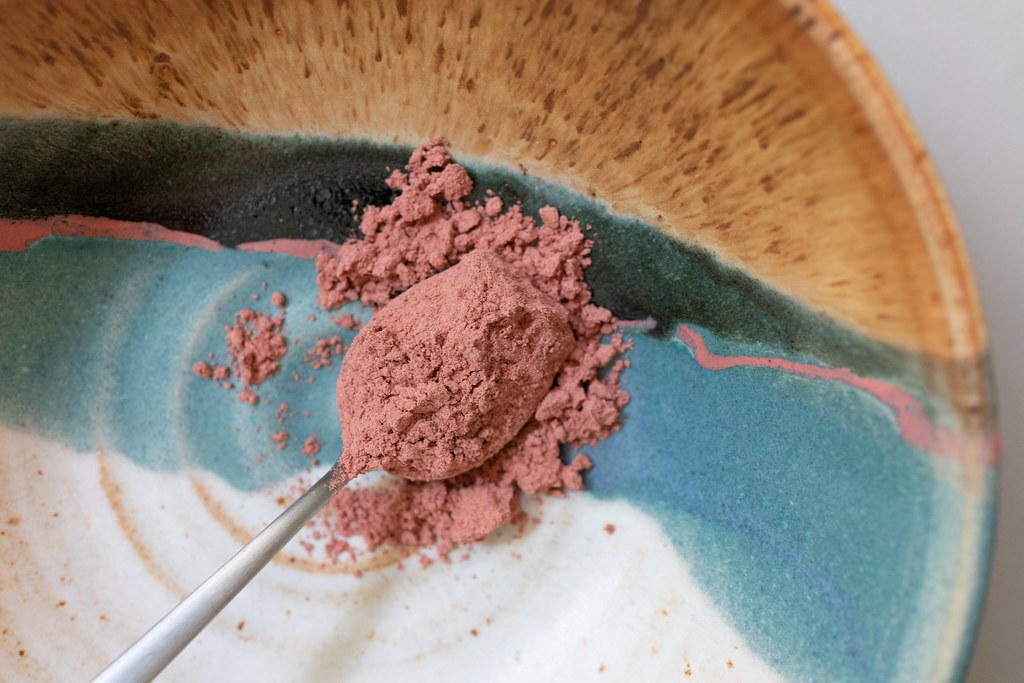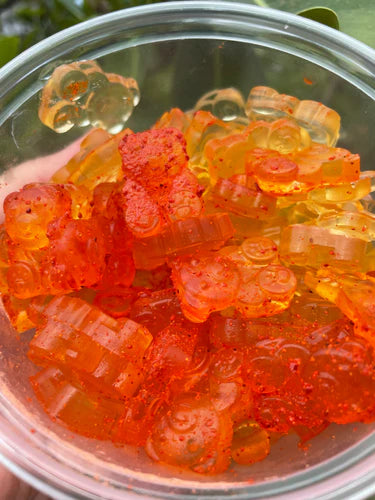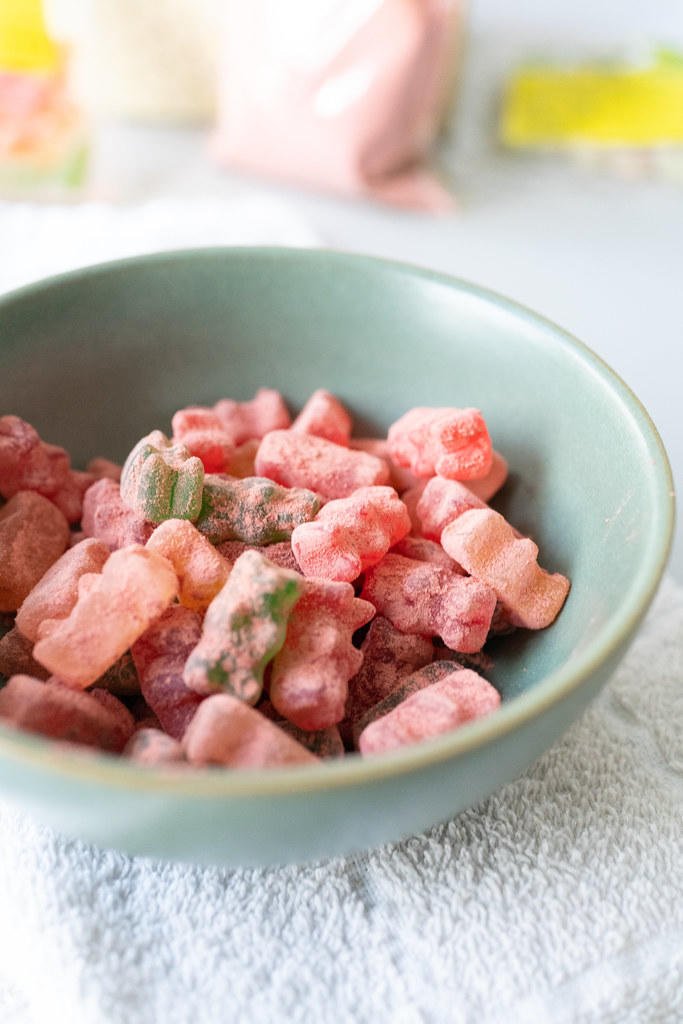Li hing mui
huamei
Li hing mui , known as huamei (simplified Chinese: 话梅; traditional Chinese: 話梅; pinyin: Huà méi) in mainland China, is salty dried Chinese plum (Prunus mume). It has a strong, distinctive flavor and is often said to be an acquired taste, as it has a combination of sweet, sour, and salty taste. Originally from Guangdong Province, the name "li hing mui" means "traveling plum". "Li hing" is "traveling" and "mui" is "plum" in Cantonese. Li hung mui is called hoshiume (Japanese: 干し梅, dried plum) in Japan, where the salty and sour umeboshi is also popular. Li hing mui, along with li hing powder, is extremely popular as a snack in Hawaii. Li hing mui powder is made of ground plum skin that has previously been pickled in a combination of licorice, red food coloring, salt, sugar, and occasionally aspartame and or saccharine. It can be used as a flavoring, usually sprinkled on candy and other fruits, notably pineapples, mangoes, guavas and apples. Li hing mui powder can be found in Hawaii, where local children like to put it on shave ice, sour candy, rock candy, popcorn, fruit, and arare. Recently, people have also been putting li hing powder into their alcoholic drinks—mainly tequila and cocktails. Many bars in Hawaii replace salt with this powder, since this powder is not only salty, but sweet and sour as well. Other people also feel that it gives a tart and tangy twist. Many bars in Hawaii also rim their glasses with li hing powder in addition to putting it in the drink.
Source: Wikipedia
Recipes

Li Hing Mui, A Hawaii Obsession - Onolicious Hawaiʻi

Li-Hing-Mui Vinaigrette • Cooking Hawaiian Style

Easy Pineapple Mango Li Hing Mui Cupcake Recipe — Snack Hawaii








